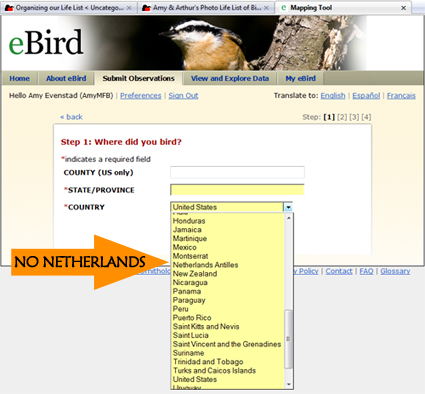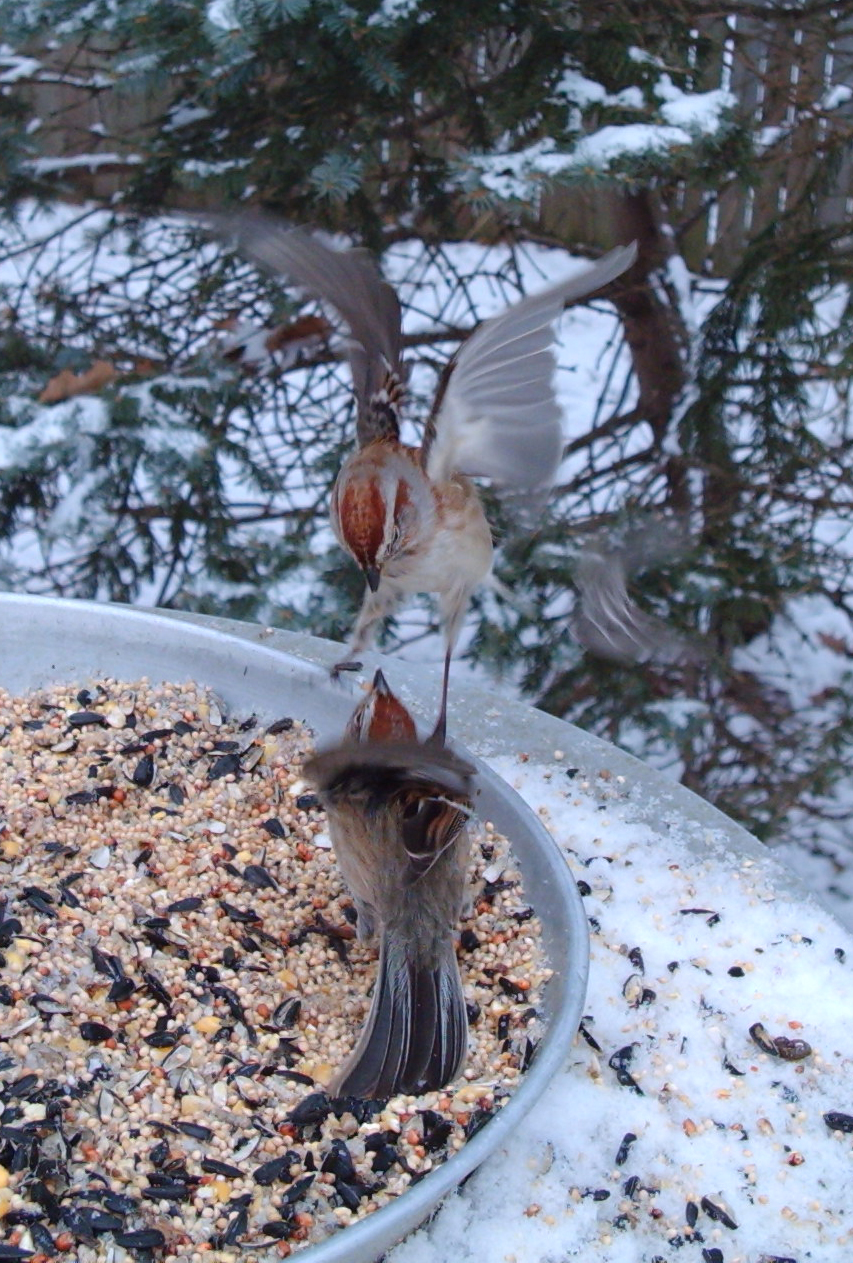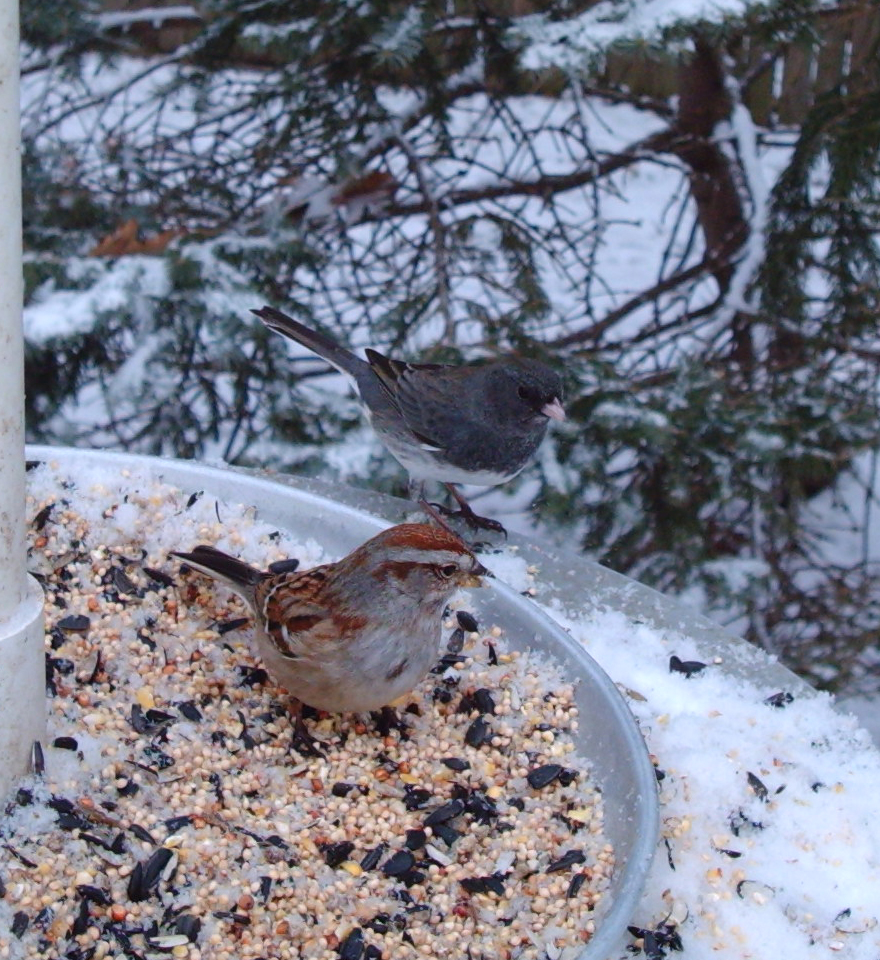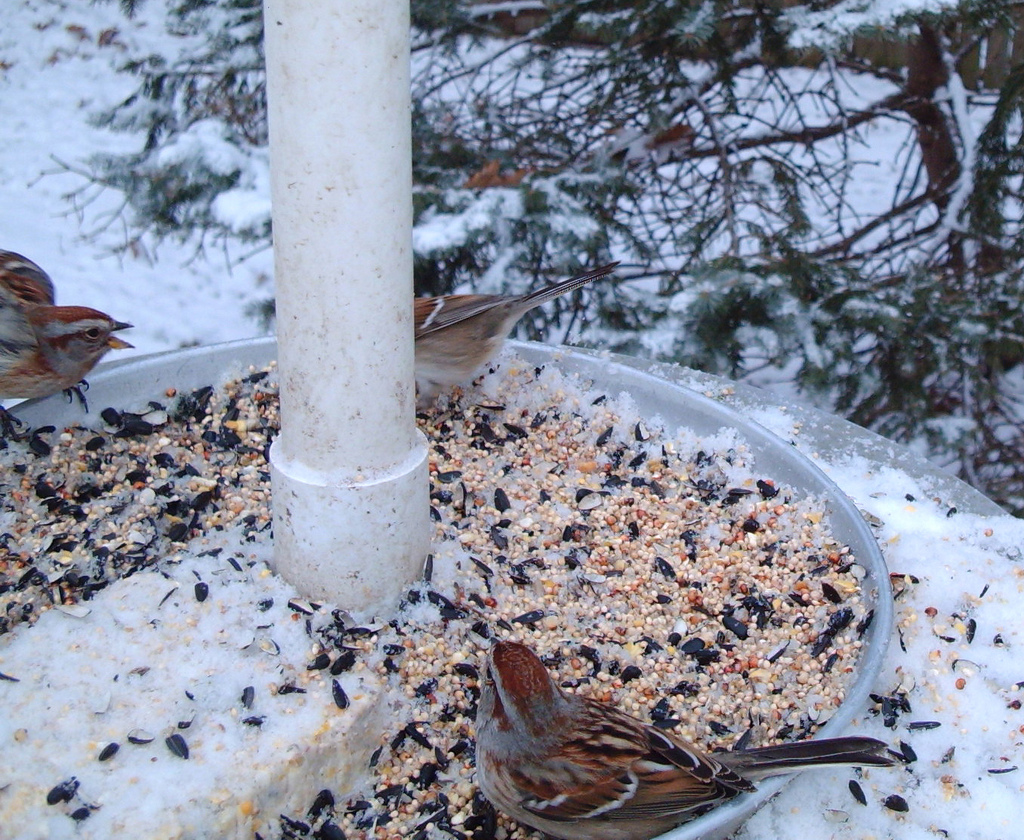Organizing our Life List
We’ve got a photo life list [now defunct – ed March 2012] that we’ve been keeping since 2006. We’ve kept it in blog format but I’ve been thinking of duplicating the information into a standardized online system. It seems like eBird and Birdstack [also now defunct – ed March 2012] are the two most popular sites being used by North American birders. I decided to try both, starting with the oldest bird on our Life List, a Common Black-headed Gull seen in the Netherlands in April 2006.
eBird
Once logged in at eBird, I selected Submit Observations. The first step at eBird is to tell where the bird was seen. Since Netherlands is not one of the countries in the very limited dropdown under the Find it on a Map option, I tried Use Latitude/Longitude. I found the coordinates for Starrevaart, the location where we saw the Black-headed Gull, by using iTouchMap.com, and entered them into the fields on eBird.
The next step on eBird is to enter the Date and Effort involved in the sighting. I think casual observation makes the most sense when entering old data into the system, so I chose that option.
I got stuck at Step 3, Observation Info (What). Despite asterisks on previous pages indicating required fields, this page has no asterisks but it seems at least the State Checklist is required. Again the Netherlands is not listed in the short dropdown so I could go no further to enter my sightings.

I understand that eBird is backed by the Cornell Lab of Ornithology and that it is aimed primarily at North American birders. However it sure is handy to keep all observations in one program and I can’t see how anyone can record anything outside of the Western Hemisphere in eBird. If I am missing something, please feel free to let me know in the comments!
Birdstack
After the experience with eBird I had low expectations for Birdstack. After logging in, it is not immediately apparent where to begin entering a new observation. I started with Create a new location since that’s where I got stuck with eBird. The country dropdown at Birdstack is much longer and I could pick Netherlands. Now we’re talking!
Adding observations here is much easier. I started typing common Black-hea… into the Species observed field, and the full name of the bird appeared.
Waarneming.nl
I’ll keep working with Birdstack, but I’m so surprised that both Birdstack and eBird are so much more clunky than what we used in the Netherlands, a wonderful site called Waarneming.nl. All sighting entry fields are on one page. To enter the Black-headed Gull, I click on Add > New sighting and then enter all pertinent info on one page, including the location. No need to set up ‘locations’ first.
Next on the Birding-in-America agenda: figuring out how you people twitch! I can’t get into using listservs. What else is there? In Holland, we didn’t just use Waarneming.nl to enter our own sightings. We also used it to find great places to go birding / twitching.
















